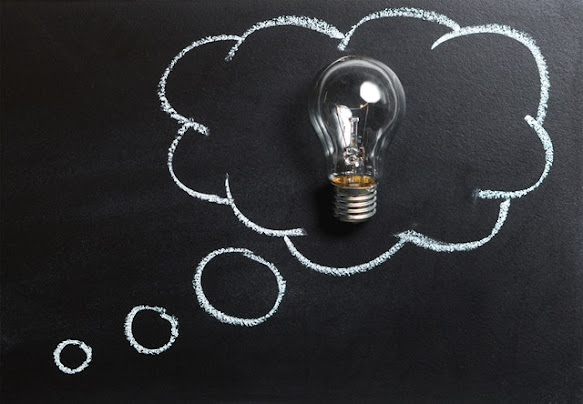Every text, essay, research paper, thesis, dissertation ends with a conclusion. It is the very last thing that the readers read, so you want to make sure that you make the impressions that last, so that the reader remembers the information received from your article. Conclusions come at the end of any writing, after having completed tiresome work, the thinking, the explaining, the presenting, etc., you may be tired at this stage. But, now is not the time to give up. With the help of the knowledge of these key elements of a strong conclusion, you will be done with writing the final part of your essay in no time.
Restate the main idea:
You have introduced a thesis statement in the beginning of our writing and provided a strong argument in its favor in the main body of they essay, now is the time to reiterate the idea, to finally say ‘I told you so’, in a way that leaves a mark on the reader. We have often seen comedians, performers perform for some amount of time and then end by going back to a statement or a trick which they did a long time ago in their act and that just leaves us in awe, in modern terms it is often called “Mic Drop”.
After having provided enough evidence and giving proper explanation of your views on the subject and having given the required evidence and support, the reader is probably already thinking of the thesis statement. The easiest way to impress him is to reiterate it, it will be like, ‘Reading his mind’.
Summarize:
The next important element of a conclusion is that it is able to summarize the entire 1000 or 2000 or sometimes even 3000 words essay into a small paragraph or two of total 150-200 words. When trying to summarize, you should try to include the main points of the essay and dwell upon the less significant ones. Many times, students are unable to separate the important points from the less important ones and end up writing a whole lot of ideas, making the conclusion twice or thrice the size than it should be.
Three is often considered as a good benchmark for a summary. When you are confused as to which argument should be a part of conclusion and which should not, follow this rule, summarize three main arguments. Triplets of these points should compliment each other in a way that they hit the final blow, or a home run in convincing the reader of your stance on the subject.
End on a high note:
This is literally an art, to satisfy the reader but at the same time, making him want more. The final statement, the closing statement should be such that it leaves a permanent mark on your reader in a way that he is motivated to do some research on the subject himself. Maybe use an interesting un-ending story, or a thought-provoking idea or a rhetorical question.
A technique which is sometimes used by the authors, in order to add some “food for thought” to the conclusion, is to end on a broader scenario. According to this technique, introduction begins broad and ends narrow and a conclusion should start narrow and end in a broader sense. Closing line, the last line must be given an extra amount of thought as it is literally the last chance for you to make the idea stick in the reader’s mind.
Basically, a strong conclusion summarizes the entire essay. It reiterates the thesis statement in a way that impresses the reader and it ends with words making the reader want to more.
Essay writing services begin with giving you various examples of good conclusions, thereby enabling you to learn from them. The next step is giving you many numbers of exercises, which you can practice and submit them to us. We will provide you with feedback on each of them and make you aware of the areas where you need to improve, thus allowing you to grow.
Each exercise has a clear aim, any one of the three key elements discussed above, but it will have a definite purpose. And there will be many exercises on each section so that you can get better slowly, gradually but definitely with every exercise.







0 Comments